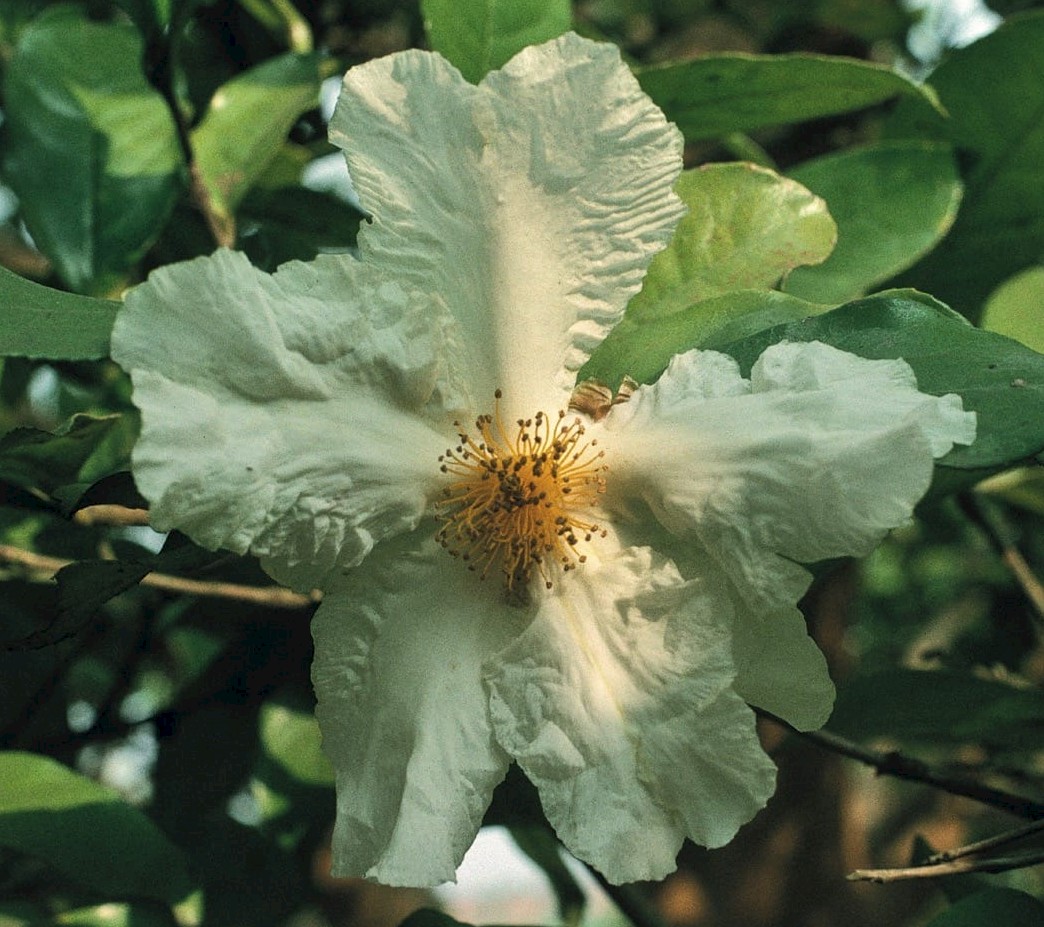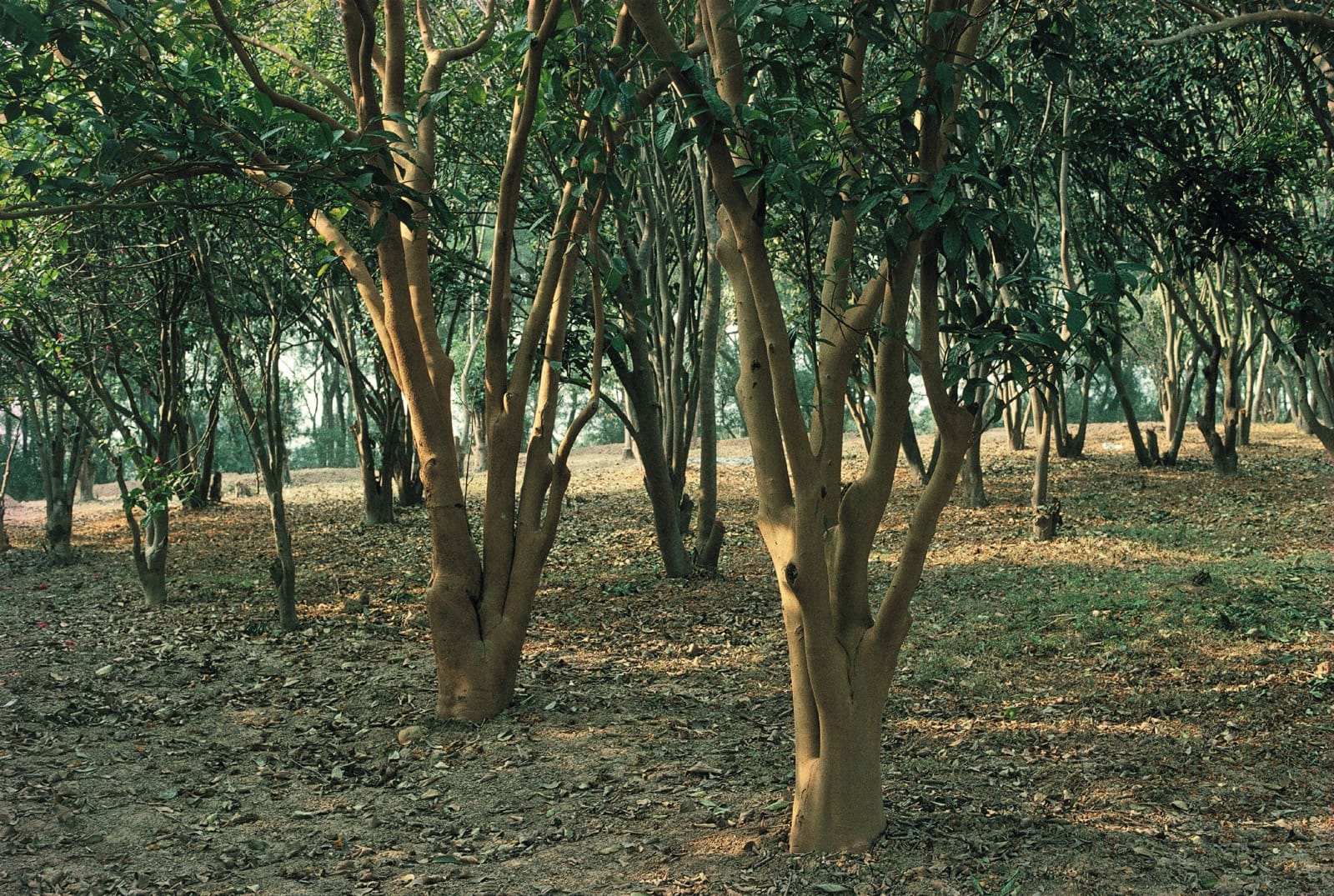Camellia crapnelliana
Credits
Article from New Trees by John Grimshaw & Ross Bayton
Recommended citation
'Camellia crapnelliana' from the website Trees and Shrubs Online (treesandshrubsonline.
Genus
Synonyms
- C. multibracteata Hung T. Chang
- C. octopetala Hu
Other taxa in genus
- Camellia brevistyla
- Camellia caudata
- Camellia chekiangoleosa
- Camellia chrysantha
- Camellia costei
- Camellia cuspidata
- Camellia drupifera
- Camellia edithae
- Camellia forrestii
- Camellia furfuracea
- Camellia granthamiana
- Camellia japonica
- Camellia kissii
- Camellia lutchuensis
- Camellia maliflora
- Camellia oleifera
- Camellia ptilophylla
- Camellia reticulata
- Camellia saluenensis
- Camellia sasanqua
- Camellia sinensis
- Camellia taliensis
- Camellia tsaii
- Camellia × vernalis
- Camellia × williamsii
- Camellia yunnanensis
Shrub or tree 2–10 m. Branchlets green to bright reddish brown, glabrous. Leaves rigidly leathery, 7–19 × 3–6 cm, elliptic to oblong, upper surface dark green and glabrous, lower surface pale green with brown glandular spots, seven to nine secondary veins on each side of the midrib, margins obscurely toothed, apex cuspidate; petiole 0.6–1.2 cm long, glabrous. Flowers axillary or subterminal, solitary or paired, 4–10 cm diameter, subsessile. Bracteoles/sepals 7–13, persistent, 0.3–2 cm long, outside brown-tomentose; petals six to eight, white, obovate to oblong, 3.5–6.5 cm long, apex rounded to emarginate; stamens extremely numerous, 1.5–1.7 cm long; ovary densely tomentose. Capsule subglobose, 5–7(–12) cm diameter, greyish brown, splitting via three to five valves, each section holding three to five seeds. Flowering December to January, fruiting September to October (China). Ming & Bartholomew 2007. Distribution CHINA: Fujian, Guangdong, southern Guangxi, eastern Jiangxi, southern Zhejiang. Habitat Forest between 100 and 800 m asl. USDA Hardiness Zone 9–10. Conservation status Vulnerable, due to habitat loss/degradation and over harvesting. Illustration Chang & Bartholomew 1984; NT188, NT192.
The outstanding horticultural feature of Camellia crapnelliana is its striking cinnamon-coloured bark, which shows up well on the trunk and branches. The branches are held rather stiffly upwards to create a neatly shaped tree. The white flowers are large but sparsely produced, and when successfully pollinated produce ‘tennis-ball sized’ round fruits that are an interesting feature in their own right. It is well established though scarce in cultivation in Australasia and the warmer parts of the United States, and in Cornwall, where it needs a very sheltered position (Hudson 2004).


